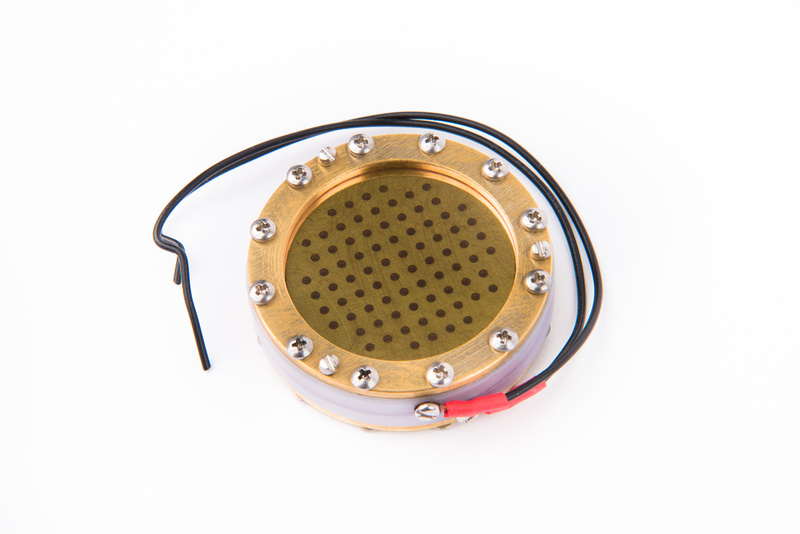micaddict
Well-known member
Beautiful pair,Tim!
Don't these Siemens have some (minor) differences with "regular" C12s?
I could be wrong.
Henk
Don't these Siemens have some (minor) differences with "regular" C12s?
I could be wrong.
Henk
mica said:Ohh so i need to run a new wire between FB and RB on the capsule?
mica said:So just to be 100%: I can do a wire between the turrets FB and RB on the PBC where the two capsulewires are connected with the same result right?
/M
friesdan said:hey there - quick newb question - can I use a microphone parts k67 to test/bias my matachung c12? (before I stick Eric's capsule in)
-thanks!
Dan
wave said:friesdan said:hey there - quick newb question - can I use a microphone parts k67 to test/bias my matachung c12? (before I stick Eric's capsule in)
-thanks!
Dan
I would say no. these 2 capsules have a different capacitance and I'm sure the mics have a different polarization voltage.
However, I could be wrong. It def wouldn't sound very good. Those RK67s are nothing like the HK-12s
friesdan said:hey there - quick newb question - can I use a microphone parts k67 to test/bias my matachung c12? (before I stick Eric's capsule in)
-thanks!
Dan
friesdan said:Thanks Matador - the idea is to protect my $450 6 month investment
now should I start with that NOS tube installed too? or maybe swap in an ax7 from my mesa amp...

zandru said:I am using the budget 34mm edge terminated capsule with the Mullard 12AT7 Tube.
What are my correct (optimal) voltages?,
Am I shooting for (120V / B+) and (-1.0V / Bias) just like the CT12 capsule & the 6072A tube,
zandru said:Also, where's the best place to strap the 180K ohm resistor,
Into the 7 Pin xlr connector on the front of the power supply ?
Category 5 said:Hey Mat. I'm sure it's been covered but I can't for the life of me find it. What was the determining factor to go for -1V for the bias voltage rather than the original spec. -1.1V and how would that affect the final sound. The reason I ask is because two of my matched pair (capsules/tubes/etc.) sounded different and one sounded slightly more vintage. When I re-biased them for the matched tubes I noticed the bias had drifted below -1V on the one that was more "milky" while the second mic was still right at -1V and sounded much more open.
Is there a way to measure the exact bias each tube wants? Can a .1V variance really produce an audible difference? It's so difficult to test in application because it become impossible to maintain exact distance, performance dynamic, etc. between adjustments.
Category 5 said:That was just the reply I was looking for. Thanks for the detail Matador. So it's really no different than biasing my preamps so that clipping is symmetrical. I have noticed both my mics clip early on the bottom of the waveform. Which voltage shifts it up? + or -? I guess if I get bored I can view the output of a 1KHz sine wave on a scope and adjust it in real time for symmetrical clipping. I know I'm not clipping the mic but rather the AD, but the offset of the waveform causes it to clip prematurely if the levels get too hot.
Good stuff! This is a great project and very informative thread.
Matador said:zandru said:I am using the budget 34mm edge terminated capsule with the Mullard 12AT7 Tube.
What are my correct (optimal) voltages?,
Am I shooting for (120V / B+) and (-1.0V / Bias) just like the CT12 capsule & the 6072A tube,
The B+ and bias voltages don't change...you should shoot for the same +120V and -1V...however, what does change...
zandru said:Also, where's the best place to strap the 180K ohm resistor,
Into the 7 Pin xlr connector on the front of the power supply ?
I plug the resistor right into the 7-pin XLR connector....
However for a 12AT7, 180K is the wrong value. The 12AT7 idles at a much higher bias current (about 1.1mA) than the 12AY7/6072A (about 0.7mA). This implies a test resistor of about 110K, not 180K. 100K should be close enough.
Enter your email address to join: